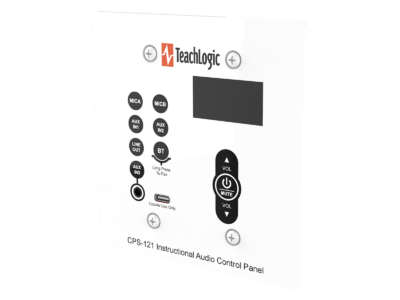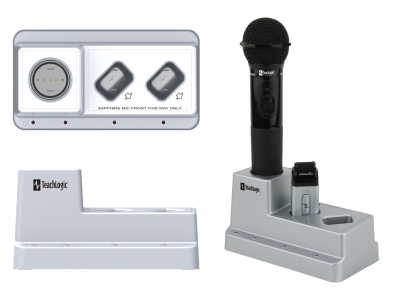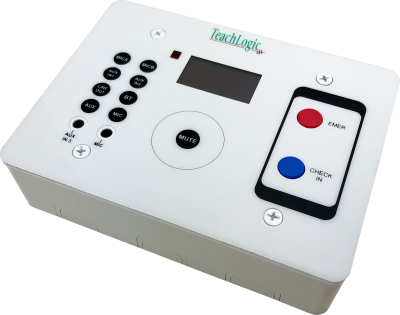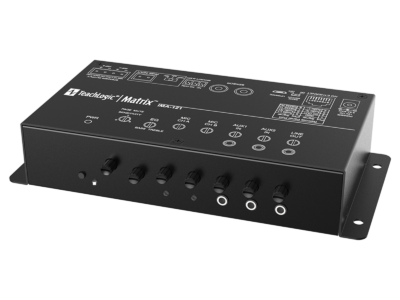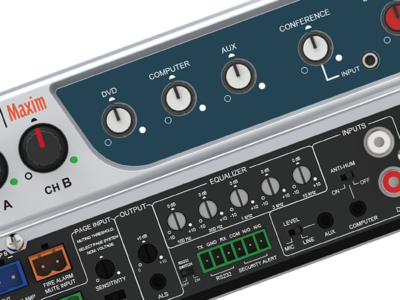By Stefanie Reichert
In the era of the No Child Left Behind (NCLB) initiative by the U.S. federal government, there’s an emerging focus on making certain that children are learning in the nation’s public schools.
While the administrative emphasis is on accountability, testing, and educational standards, the program also is having the effect of refocusing attention on ensuring that schools have the resources and infrastructure needed to teach effectively. That can mean anything from maintaining adequate teacher-student ratios to ensuring that students get a nutritious lunch.
However, two school districts in Cleveland, Ohio, are focusing on something even more fundamental: the ability of students to hear better in the classroom. The Midview Local School District and Avon Lake City Schools are turning to wireless communications amplification technology to ensure the learning process isn’t compromised by students’ inability to adequately hear teachers in the classroom environment.
Over the next several years, the two districts plan to install wireless microphone-based audio systems in as many classrooms as their budgets allow. In Midview the impetus is a state mandate that districts receiving a certain amount of state funding must provide classroom sound amplification systems. The push in Avon Lake simply comes from recognizing that students learn better when the teacher’s voice is amplified 10 to 15 dB.
“Classroom amplification systems are a common response to effectively teaching [students who are] hearing impaired,” stated Richard Lund, PhD, director of technology for Avon Lake City Schools. “Recent research suggests that if voice amplification is good for special needs children, we should try to provide it for all our students whenever we can.” The district plans to outfit all of its classrooms with Sound Field amplification systems.
Kevin Wenderoth, Coordinator of Education Sales at SoundCom Systems based in Cleveland, is overseeing the installation of Sound Field Classroom Amplification Systems by Sennheiser Electronic Corporation in both districts.
“Research shows that the ability of students to hear more clearly correlates with improved retention rates and overall improvements in the educational process,” Wenderoth said.
The issue doesn’t just relate to questions of volume levels, he noted. “Something as simple as a teacher turning her head or another student coughing can cause students to miss what’s being said,” he said. “For example, unlike adults, whose vocabulary enables them to fill in the blanks, second graders can’t contextually decipher certain parts of a sentence that are missed. Not hearing fully can short-circuit the educational process.”
The installation of wireless amplification systems in the Avon Lake and Midview school districts will enable them to address that issue in a way that benefits students, teachers, and school administrators. The Sound Field systems are comprised of receivers, bodypack transmitters, lapel microphones, rechargeable battery packs, and battery-charging units. The bodypack handles the frequency diversification needed in the school environment.
The radio frequency-based system was selected by Avon Lake because of its multi-channel capabilities. The 48-channel system, comprised of 16 channels per band for up to three bands, has frequency agility and allows for quicker repairs.
“If a room goes down, we can identify the band and set the frequency of the transmitter to a new channel, minimizing downtime,” Wenderoth explained. Furthermore, Avon Lake will install 20 Sound Field classroom amplification units over a period of three years, said Lund. If its budget allows, the district will install classrooms systems in all seven of its buildings. The first phase that Avon Lake has committed to will involve outfitting more than 60 classrooms.
SoundCom will install 90 units in Midview over the course of the next year. Three elementary school buildings now being built will be fully outfitted in time for the start of the 2005-2006 school year.
A wireless amplification system is the ideal solution for helping the two school districts get on track with a program for improving the overall educational process and will likely be a model for other districts. “We’re seeing a lot more interest in a system like this,” Wenderoth said, adding, “The easy set-up and the versatility to adapt to different types of environments make it the right choice for a growing and evolving use of wireless audio.”
Need more convincing about the value of having a quality Sound Field amplification system in the classroom? Read our collection of research studies!



